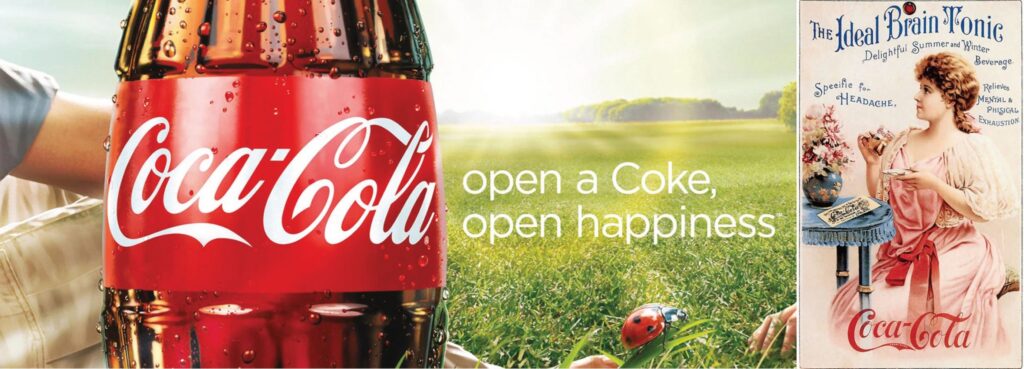At VentureDive, we take pride in housing one of the best design teams in the region, and arguably the best in Pakistan. But getting here was not easy.
While I am not a designer by training, I had the good fortune of working with some of the best design teams in the world during my stints in Boston, San Francisco, and Berlin, and thus developed a keen interest in design. When we started VentureDive — with the vision to create a world-class technology organization and an entrepreneurial ecosystem in Pakistan and the MENA region — I knew that great design would need to sit at the center of our customer value proposition.
Design in the Silicon Valley
Back in the United States, it is second nature to most technology companies to have a strong emphasis on design. I was accustomed to seeing designers as some of the most articulate members of the larger team, and they had the first and the last say in most discussions. A few factors that contributed to their active participation are as follows:
- They had a holistic sense of the product and the customer
- Their thoughts were a lot more structured
- They seemed to take the charge in cross-functional brainstorming sessions, often organizing topics on the agenda and corralling people around those topics
- They were great at capturing and drawing up notes in a structured and visual fashion
It was with this expectation about the role of designers in a tech organization that I moved to Lahore in October 2014. However, I was in for a rude awakening. I had a steep learning curve with regards to local norms and talent pool.
The rude awakening
The greatest challenge we face is finding the right talent. A few reasons follow.
First, there is often a mismatch between designer titles and corresponding job descriptions. I often received resumes of folks calling themselves Graphics Designers, Front-end Designers, Front-end Developers, UI Developers, Web Designers, Web Developers, etc. Many of the job descriptions and capabilities differed from what I had gotten used to in Boston and Silicon Valley.
I once hired a “Front-end Designer” who turned out to be a “Front-end Developer” — I, of course, should have known better at the time of the interview. That said, it became very clear to me in the first few days and weeks that design was not his forte. When we discussed his performance, then only he opened up saying he doesn’t like designing but loves front-end development.
Second, very few people knew how to design experiences. Local universities rarely teach designing user experiences for a digital world, and the closest exposure students typically get to UX is “Graphic Design”. What further compounds the problem is lack of jobs where designers can take a lead role in designing digital experiences and products: They are often either following a product manager’s lead or designing nice visuals for social media and other forms of communication!
Design at VentureDive
Fast forward a little over four years, we already house one of the most competitive design teams in the region.
A little more context on our business. We develop solutions for our global clients, build in-house products, and invest in product-based start-ups. For designers specifically, we encourage rotation between Products and Services. As such, we don’t have a title called Product Designer. However, when on a product, a designer is generally needed for a longer time frame, and that’s also when they create the most value as they iterate their way through releases and metrics. On the other hand, in our Services org, we have less of a need for a designer to stick to one specific project for a long period (though we do have a few long-running engagements).
We believe that this healthy mix of engagements helps the design team learn different facets of design than what they may have learned if we were building a specific product or delivering services only for example.
With this thought in mind, we traced out three major facets of an organization that help nurture a creative design studio — all-around exposure, performance-driven and collaborative culture, and thought leadership. Let’s dive in.
All-around exposure
Design at VentureDive plays a pivotal role in many aspects of running the organization, growing our business, and defining our culture.
- Our designers dabble with varied aspects of business such as analytics, marketing, and growth hacking. Having an in-house products team helps us hone in the science and art of growth that we then apply to help our clients master growth as well.
- Much of the office interior and decor was either designed or consulted and in some cases procured by designers. Designers play a central role in the creative aspects of most events we conduct in-house or off-site.
- We believe designers should span across several functions within the field of design, and only a few specialties should be called out. Secondly, we tend to distinguish our developers from designers, while at the same time offering a path to those who are good at both.
To this end, we have created a rather simple and flat array of designations where we only have UX Designer, Visual Designer, and Web Designer titles, and no dedicated Interaction Designer, Graphics Designer, UI Designer or User Researcher to name a few. We encourage our designers to cut across domains while at the same time allowing them to specialize in particular fields like Visual Design for instance.
What do I mean when I refer to a UX Designer, a Visual Designer, and a Web Designer?
UX Designer is an all-encompassing role and frequently rotates between Services and Products. Technically speaking, those UX Designers who can code CSS and HTML could be called a different title — however, it is rare: once a UX Designer, they are encouraged to expand their horizon within the design lifecycle: Research, Synthesis & Ideation, Prototyping & Design, and Implementation.
Visual Designer is meant to specialize in graphics and visual design. They also help with branding and identity design with the help of content strategists and marketers (the latter two are part of the marketing team). Using social media plug-ins for analytics, these visual designs help improve our social media presence with intuitive designs.
Web Designer can do Visual Design as well as code CSS/HTML. In my experience, there are very few folks who have a good design sense and can also do good coding. Consequently, we rarely have people fitting the required profile, but when we find them, we know what to call them.
We encourage Visual Designers to become either a Web Designer or UX Designer. However, they can continue to specialize and grow in the capacity of Visual Designer as well. Moreover, Front-end Developer can also choose to become a Web Designer and thus become part of the design team.
This may sound a bit contrary to our philosophy of cross-functional work, however, in my experience in the local industry, we have plenty to learn within the field of design. Venturing out is welcome, but generally in areas that are outside the software development and higher up the stack— i.e. things like product management, growth hacking, marketing, etc.
Performance-driven and collaborative culture
Here’s the question most organizations ask but only a few get away with the right answer:
“How to drive performance upwards?”
While many things come to mind, our objectives setting and appraisal system plays an important role and is closely modeled after OKRs (Objectives and Key Results).¹
- Set stretch objectives. It’s OK if we miss them, as long as we keep aiming for them, and at some point surpass them. This requires a hockey stick function at some point of our organization or product lifecycle.
- Level up, keep improving. Every 6 months or so, carry out a self-assessment exercise to keep a track of the design team’s progress. Discuss the results and improve on any point where the team may be lagging.
- Reward people on a geometric or a nonlinear curve. This way, people who perform well are rewarded way more than if they were to be awarded proportionally to someone who performs less.
Lastly, through daily stand-ups, regular design review and critique across initiatives, sharing design inspirations and UI refactoring exercises across projects, we foster collaboration and spur innovation.
Thought leadership
Unlike most local software companies, we typically take a lot more proactive approach with our customers. For example, with Careem, we played a pivotal role in the design and product management for at least four years since its inception. We are often helping customers make sense of how users are using the product via funnel analysis. Since we also have a Products org, our designers are often involved in decisions and analysis of growth hacking for example. Last but not least, we often conduct Discovery Workshops for a varied and complex set of customers — ranging from Fortune 500 companies, fledgling startups, and unicorns.
Within Services org, we have started to take on more design-led engagements as opposed to end-to-end technology solutions. This allows us to solve complex and interesting design problems that we may not have had a chance to work on if we were offering an end-to-end technology solution, where design is an important but not the only piece of the puzzle.
Looking ahead
While many challenges remain, the entrepreneurial and design ecosystem has improved in many ways. More universities are incorporating aspects of digital user experience, and there are a lot more product companies than there were 4–5 years ago.
At VentureDive Design, we see the following big things happening in the next year and beyond.
We have incubated quite a few product teams in house. At least two of them are ready for the next growth phase. This will result in the expansion of design function not only within those teams but also the design team at large.
Within our services and consulting business, we have expanded to broader aspects of user and customer experience design. For example, we now offer services for Identity Design & Branding, Service Design, and User Research to name a few.
Last but not least, while we do run hackathons and design mentorships in the industry from time to time, we plan on introducing an initiative focused on building a strong design community. While there are a few welcome design initiatives in the country already, we believe that with the backing of an organization and broader focus, ours will be one of its kind.

¹ Our objectives setting system differs from OKRs in two key ways: i) they are not publicly visible to the rest of the organization, and ii) we link them to performance reviews.










